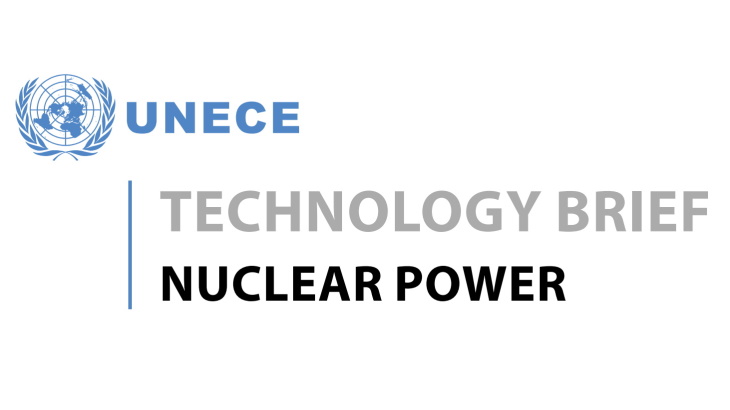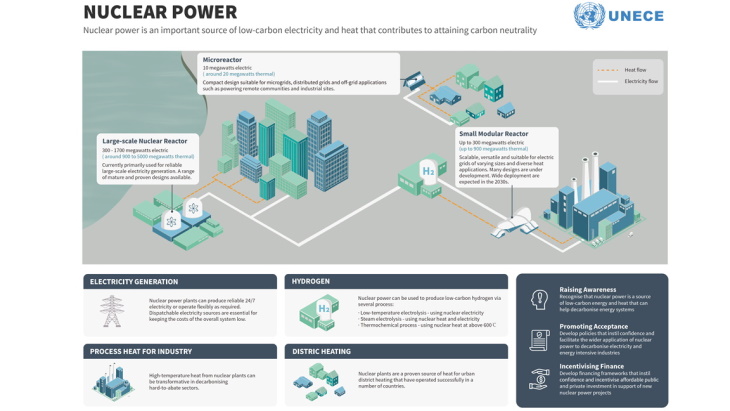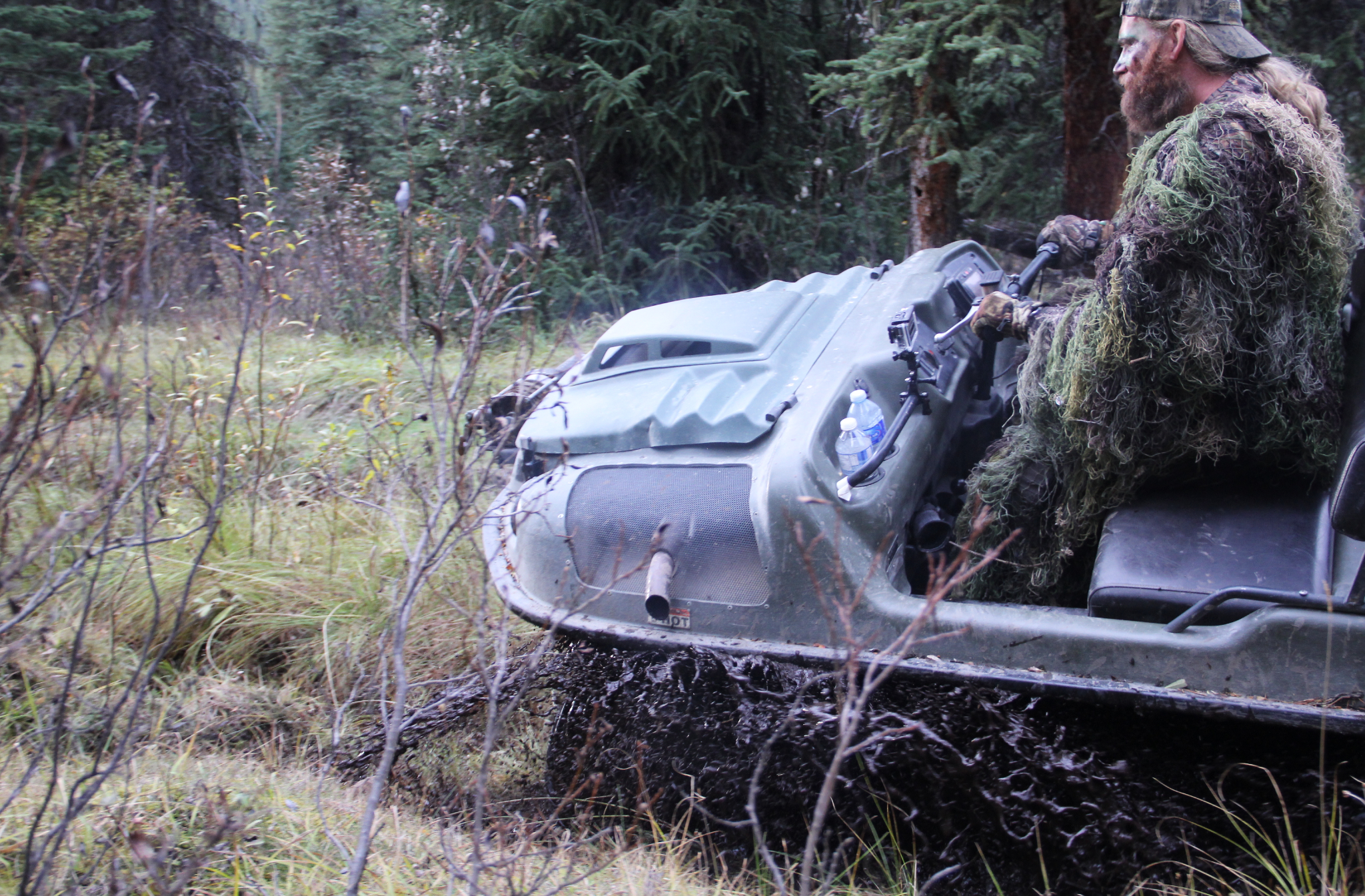Long-term Vancouver tenants in prime beachside neighbourhood say they're being renovicted
Residents allege owners of Alberta-based Avala Equities have no intention to move in
Four long-term tenants of a century-old housing complex in Vancouver are contesting an eviction notice from their landlord — a real estate investment firm that claims to be moving family members into the dilapidated suites.
The property at 1540 Yew Street, close to the beach in the city's trendy Kitsilano neighbourhood, consists of a two-storey walk-up with nine units and a laneway house with two units, which were all built around 1910.
Linda Millburn, 76, has lived in her two-bedroom suite in the laneway house since 1981 and currently pays $719 a month in rent. Millburn, who goes by Lulu, says she was "shattered" when she got the eviction notice in April.
"I was numb," Millburn said. "I thought if I ever started crying about it, I'd never stop."
Millburn and her neighbours have a hearing scheduled for Aug. 23 with the province's Residential Tenancy Branch which handles disputes between landlords and tenants.
Renoviction allegations
The property was recently purchased by Avala Equities — an Alberta-based, family-owned and operated real estate investment firm — for $4,525,000.
The company did not respond to requests for comment from CBC News.
According to documents submitted to the Residential Tenancy Branch, Millburn and three other residents got a two-month notice to end tenancy for the landlord's use of the property from four different landlords, all from the Jakovljevic family which owns Avala Equities.
But Millburn and her neighbours say that's not legal because the property is technically owned by a corporation.
They also allege the owners are being dishonest about their intentions and are actually planning to renovate the property and charge much higher rents — a process known as a "renoviction."
Tenancy laws in British Columbia limit how much landlords can increase rent each year, meaning that long-term tenants like Millburn pay far less than the going rate for a property. In Vancouver's red-hot real estate market, some landlords use renovictions to oust long-term tenants and make more money.
Property under heritage review
The property is zoned for a height of up to four storeys.
But Millburn says a development application for the property was cancelled after it caught the attention of Heritage Vancouver, which applied for a heritage review. On its website, Heritage Vancouver says the 110-year-old property is "a surviving example of early Vancouver laneway housing."
The renters also point to Avala Equities' website, which states "we specialize in the acquisition and repositioning of mismanaged and undervalued properties in strategic locations of Western Canada."
A page for the 1540 Yew Street property says "our goal is to take this neglected building and develop the property into a modern and well-maintained building."
In documents submitted to the Residential Tenancy Branch, the renters dispute the company's claim that family will be moving in.
"Given the Jakovljevics's apparent wealth, it makes no sense that they would require residence in an old, run-down building, or in laneway houses that are in particularly poor shape," the documents say.
Community connection
Millburn says her suite has only been painted three times in the 40 years she has lived there.
The floors are warped, she adds, and almost all the windows are sealed shut. In winter she and her neighbour keep warm with heat from the stove, she says, and there's no sink in the bathroom.
Despite the inadequacies, Millburn says the suite is her home and she would be devastated if she had to move.
"A lot of people that have lived here, I've seen them date and get married and have babies," she said. "And the babies are all 25 years old now."
Liz Blackburn, whose mother lives in the main building of the complex, says Millburn is the type of person everyone knows in the neighbourhood.
Blackburn says when her mother was hospitalized with a stroke, Millburn cared for her cat and later checked on her every day when she returned home. Millburn also helps her mother with groceries and takes out her garbage.
"I don't know where I'd be without Lulu," Blackburn said.
'I don't know how I would survive'
It's not just the four tenants who are worried about the evictions, Blackburn says. Tenants like her mother are worried the landlords will evict them next.
If the landlord does decide to proceed with a renoviction and are successful, Milllburn says she would at least like to be compensated for it. According to Vancouver's Tenant Relocation and Protection Policy, Millburn would be entitled to $17,256 because of how long she has lived there.
Despite the large sum, Millburn would prefer to stay in her home and her community. If she is evicted, she doesn't know where she'll end up given how expensive rental rates are in the city.
"I don't know how I would survive, to tell you the truth," she said.






.jpg?ext=.jpg) A worker operates the electron beam system (Image: CGN)
A worker operates the electron beam system (Image: CGN).jpg.aspx)
.jpg?ext=.jpg) Kwarteng (L) and High Commissioner for Australia to the UK, George Brandis, during the signing ceremony in London (Image: @KwasiKwarteng)
Kwarteng (L) and High Commissioner for Australia to the UK, George Brandis, during the signing ceremony in London (Image: @KwasiKwarteng)








